Although I don’t like Twitter, I must admit that it is an interesting ego-document genre. A written trace of daily life — a publicly available diary, easily written, easily forgotten.
Which made me think about the memoir genre, which is more difficult to write and less easily forgotten. Gore Vidal defined memoir as a story of “how one remembers one’s own life” in contrast to autobiography, which is “history, requiring research, dates, facts double-checked” (from his own memoir, Palimpsest, 1995).
Memoirs loomed large in 19th and early 20th century libraries and book stores. Then they almost disappeared. But now, after decades of oblivion, the memoir is an increasingly popular genre again. There are all kinds of memoirs, of course, but this blog has its gaze steadfastly fixated on one and only — the biomedical memoir.
In which formats are biomedical memoirs published today? Not much in book form, I guess. Maybe they come out as chapters (or part of chapters) in Festschrifts (is this peculiar genre still alive?). And what about memoirs on the web? Are there any memoir blogs? And then there are oral memoirs, of course. What about powerpoint memoirs? And interviews for radio and television?
What are these and similar narratives (and narrative fragments) telling us about the experience of doing science today? How are memoirs used by historians of the biomedical sciences? Does the memoir genre have a critical potential? And how does the biomedical memoir differ from biomedical autobiography and other kinds of biomedical ego-documents?
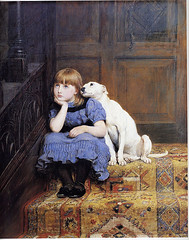 Just saw the announcement for the conference ‘Sympathies and Antipathies: Altruism and Emotional Response Across the Disciplines’ (to be held at CRASSH, Cambridge, UK, 29-30 May), which will
Just saw the announcement for the conference ‘Sympathies and Antipathies: Altruism and Emotional Response Across the Disciplines’ (to be held at CRASSH, Cambridge, UK, 29-30 May), which will
 We have placed it in the basement area to the left of the main entrance — we didn’t dare put it on the ground floor because we were afraid the 18th century wooden floor construction would collapse under the
We have placed it in the basement area to the left of the main entrance — we didn’t dare put it on the ground floor because we were afraid the 18th century wooden floor construction would collapse under the 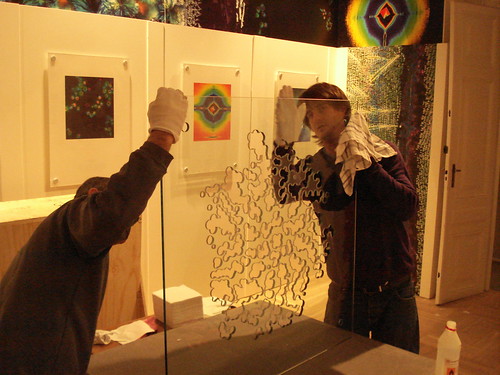
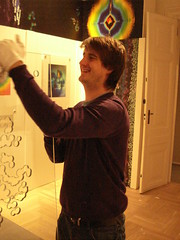

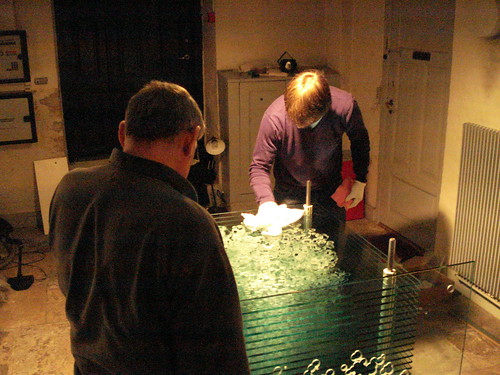

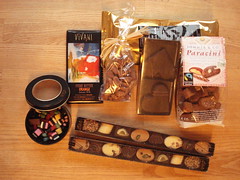 orleden kom der en pakke med posten. Fuld med alle mulige slags dejlige søde ting — fra lakridskonfekt til sukkerovertrukne mandler og lækre småkager. Yummy.
orleden kom der en pakke med posten. Fuld med alle mulige slags dejlige søde ting — fra lakridskonfekt til sukkerovertrukne mandler og lækre småkager. Yummy.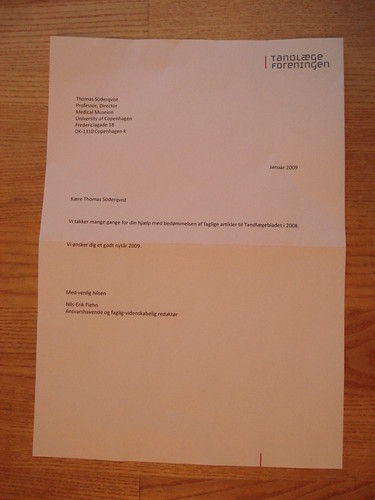
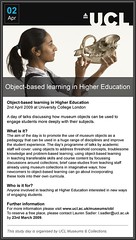 We are right now teaching a course in medical science and technology studies here at Medical Museion and we are using medical historical museum objects. It’s the first time we do so, and we’ve talked about that it would be great to expand this — and to learn more about how others have used artefacts in similar teaching situations.
We are right now teaching a course in medical science and technology studies here at Medical Museion and we are using medical historical museum objects. It’s the first time we do so, and we’ve talked about that it would be great to expand this — and to learn more about how others have used artefacts in similar teaching situations.